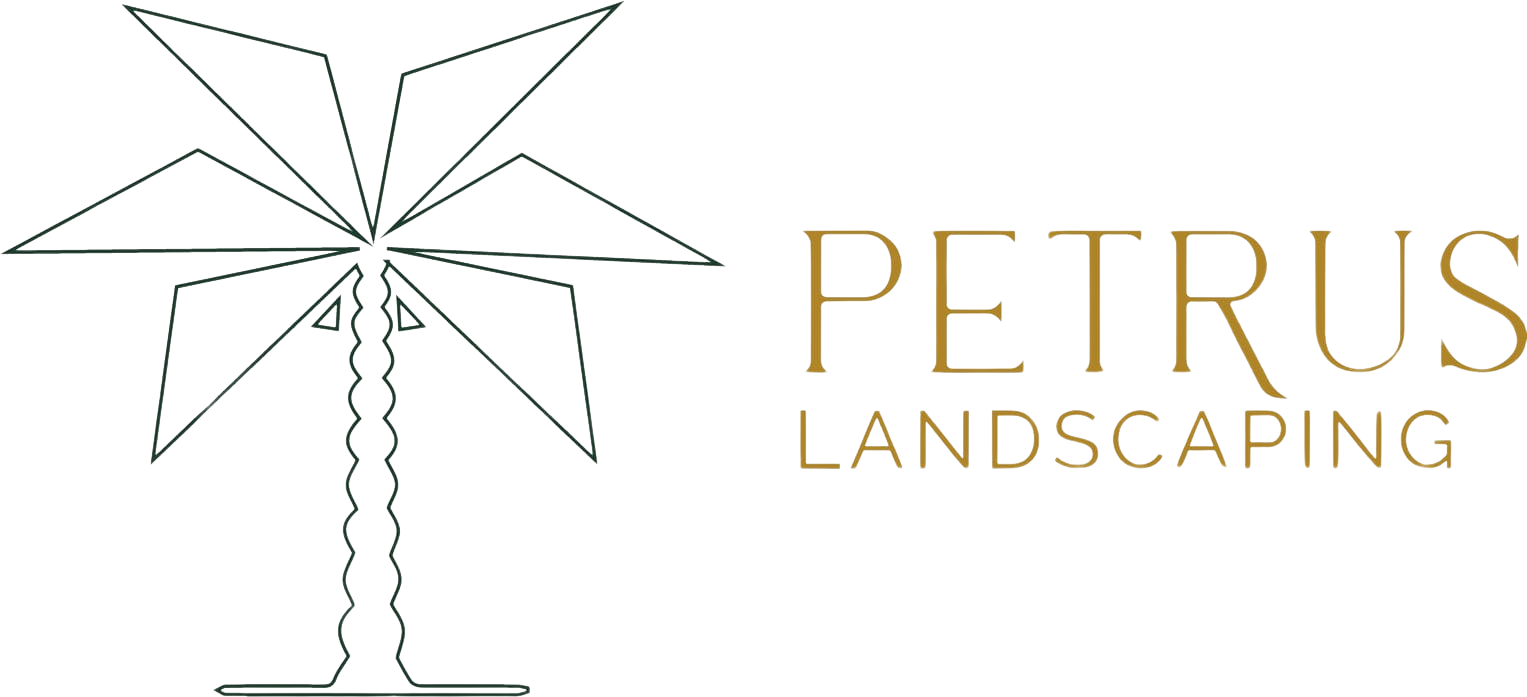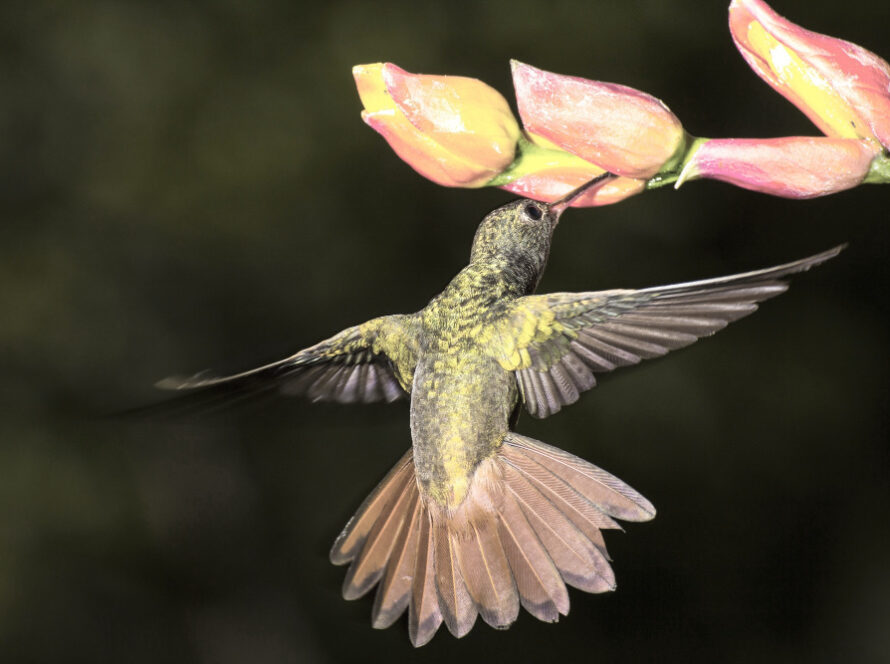Birch trees are renowned for their striking beauty and elegant appearance, making them a popular choice for landscaping in Hillsborough. With their distinctive white bark and graceful foliage, birch trees add charm and sophistication to any outdoor space. Explore 11 amazing types of birch trees that are perfect for your Hillsborough landscape and incorporate these trees into your outdoor environment.
1. River Birch (Betula nigra)
The River Birch, scientifically known as Betula nigra, is a majestic tree native to North America, renowned for its captivating beauty and unique characteristics. Here’s a closer look at this remarkable species. One of the most striking features of the River Birch is its distinctive peeling bark, which ranges in color from creamy white to shades of cinnamon brown. The bark exfoliates in thin, papery layers, revealing the tree’s inner layers and creating a visually captivating effect. River Birch also boasts attractive foliage that adds to its overall appeal. The leaves are ovate or rhombic in shape, with serrated edges and a glossy green color. During the fall season, the foliage turns a vibrant yellow, adding a splash of color to the landscape before the leaves drop for winter.
- Botanical Name: Betula nigra
- Hardiness Zones: 4-9
- Size: 40-70 feet tall, 40-60 feet wide
- Care Tips: River birch thrives in moist, well-drained soil and prefers full sun to partial shade. Regular watering is essential, especially during hot, dry periods. Prune as needed to maintain a healthy shape and remove any dead or diseased branches.
2. Paper Birch (Betula papyrifera)
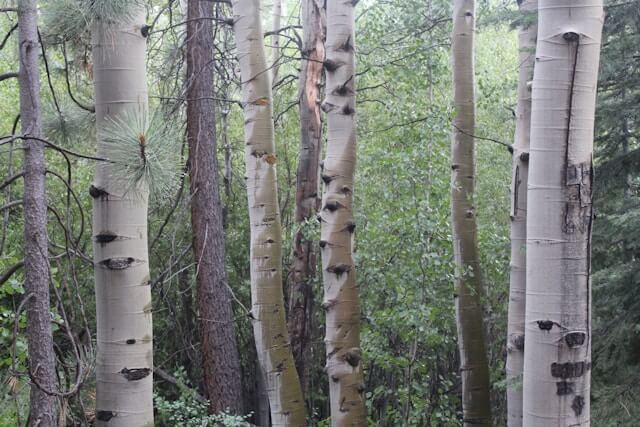
Paper Birch is renowned for its stunning white bark, which peels away in thin, papery layers, revealing a smooth, creamy-white surface beneath. The tree boasts delicate, pendulous branches and bright green foliage, which turns a dazzling golden-yellow in the fall, creating a breathtaking display of autumn color.
- Botanical Name: Betula papyrifera
- Hardiness Zones: 2-7
- Size: 50-70 feet tall, 30-50 feet wide
- Care Tips: Paper birch prefers cool, moist climates and well-drained soil. It thrives in full sun to partial shade but may require additional watering during dry periods. Mulch around the base of the tree to retain moisture and protect the roots.
3. Himalayan Birch (Betula utilis)
Himalayan birch is prized for its distinctive peeling bark, which ranges in color from creamy white to coppery orange. This graceful tree features delicate green leaves that turn golden yellow in the fall, adding a splash of vibrant color to the landscape. With its slender form and elegant appearance.
- Botanical Name: Betula utilis
- Hardiness Zones: 5-7
- Size: 40-50 feet tall, 20-30 feet wide
- Care Tips: Himalayan birch prefers moist, well-drained soil and partial shade. Provide regular watering, especially during periods of drought. Mulch around the base of the tree to conserve moisture and regulate soil temperature.
4. Jacquemontii Birch (Betula utilis var. jacquemontii)
Jacquemontii birch, also known as white-barked Himalayan birch, is prized for its dazzling white bark and graceful form. This stunning tree features delicate green leaves that turn golden yellow in the fall, creating a striking contrast against its bright white bark. With its elegant appearance and eye-catching beauty, Jacquemontii birch is sure to enhance your luxury landscape design backyard.
- Botanical Name: Betula utilis var. jacquemontii
- Hardiness Zones: 4-7
- Size: 40-50 feet tall, 20-30 feet wide
- Care Tips: Jacquemontii birch thrives in moist, well-drained soil and full sun to partial shade. Water regularly, especially during the growing season, and mulch around the base of the tree to retain moisture and suppress weeds.
5. European White Birch (Betula pendula)
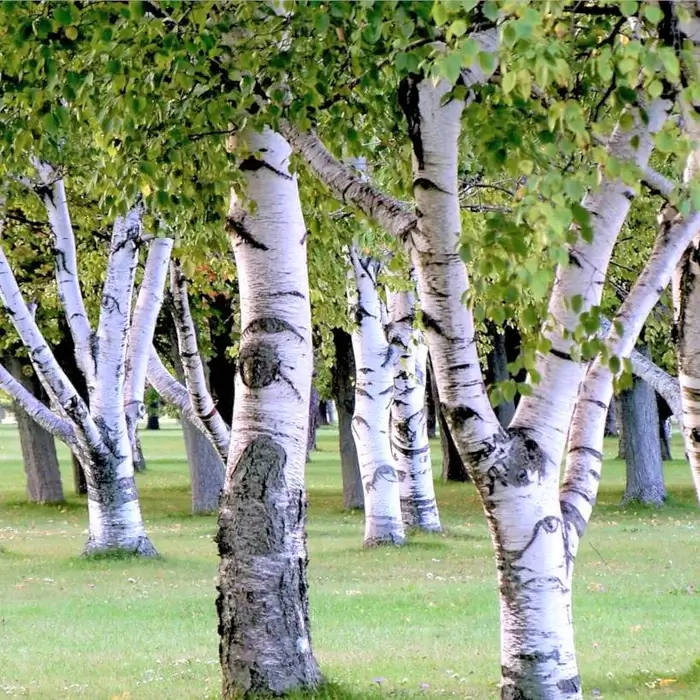
Image Source: Etsy
European white birch is prized for its slender form, graceful branches, and distinctive white bark. This elegant tree features delicate green leaves that turn golden yellow in the fall, adding a touch of warmth and color to the landscape. With its graceful appearance and striking beauty, European white birch is a popular in landscaping.
- Botanical Name: Betula pendula
- Hardiness Zones: 2-7
- Size: 40-50 feet tall, 20-30 feet wide
- Care Tips: European white birch prefers cool, moist climates and well-drained soil. Water regularly, especially during dry periods, and mulch around the base of the tree to retain moisture and regulate soil temperature.
6. Silver Birch (Betula pendula ‘Silver Birch’)
Silver birch is prized for its distinctive silver-white bark and delicate foliage. This elegant tree features slender branches that sway gracefully in the breeze, adding movement and life to the landscape. With its shimmering bark and graceful form, silver birch is a stunning addition to any Hillsborough landscape.
- Botanical Name: Betula pendula ‘Silver Birch’
- Hardiness Zones: 3-7
- Size: 40-50 feet tall, 20-30 feet wide
- Care Tips: Silver birch thrives in moist, well-drained soil and full sun to partial shade. Water regularly, especially during periods of drought, and mulch around the base of the tree to retain moisture and suppress weeds.
7. Cherry Birch (Betula lenta)
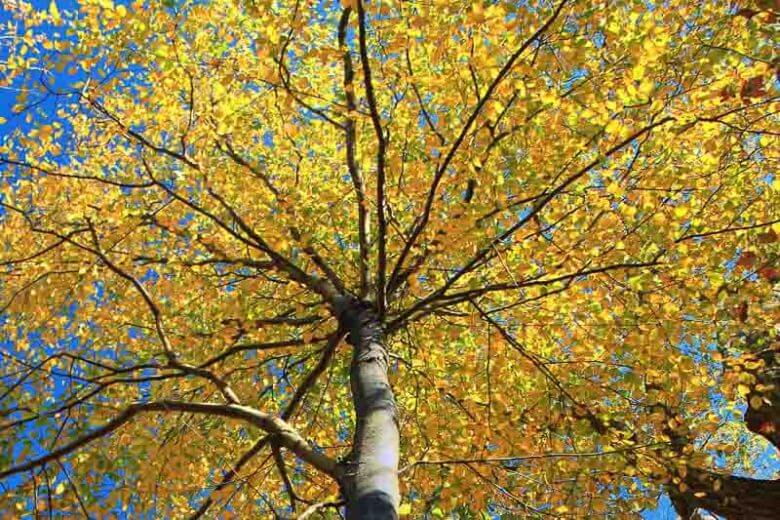
Image Source: Gardenia
Cherry birch is prized for its distinctive reddish-brown bark and glossy green leaves. This elegant tree features delicate yellow catkins in the spring, followed by small black fruit that attracts birds and wildlife.
- Botanical Name: Betula lenta
- Hardiness Zones: 3-6
- Size: 40-50 feet tall, 30-40 feet wide
- Care Tips: Cherry birch prefers moist, well-drained soil and partial shade. Water regularly, especially during dry periods, and mulch around the base of the tree to retain moisture and regulate soil temperature.
8. Yellow Birch (Betula alleghaniensis)
Yellow birch is prized for its distinctive yellowish-brown bark and graceful form. This elegant tree features glossy green leaves that turn golden yellow in the fall, creating a stunning display of color.
- Botanical Name: Betula alleghaniensis
- Hardiness Zones: 3-7
- Size: 50-70 feet tall, 30-50 feet wide
- Care Tips: Yellow birch thrives in cool, moist climates and well-drained soil. Water regularly, especially during periods of drought, and mulch around the base of the tree to retain moisture and suppress weeds.
9. Downy Birch (Betula pubescens)
Downy birch is prized for its distinctive white bark and delicate leaves. This elegant tree features slender branches that sway gracefully in the breeze, adding movement and life to the landscape.
- Botanical Name: Betula pubescens
- Hardiness Zones: 2-7
- Size: 30-40 feet tall, 20-30 feet wide
- Care Tips: Downy birch prefers moist, well-drained soil and full sun to partial shade. Water regularly, especially during dry periods, and mulch around the base of the tree to retain moisture and regulate soil temperature.
10. Gray Birch (Betula populifolia)
Gray birch is prized for its distinctive grayish-white bark and delicate leaves. This elegant tree features slender branches that add texture and interest to the landscape. With its attractive foliage and graceful form, gray birch is a lovely addition to any Hillsborough landscape.
- Botanical Name: Betula populifolia
- Hardiness Zones: 3-6
- Size: 20-30 feet tall, 15-25 feet wide
- Care Tips: Gray birch thrives in moist, well-drained soil and full sun to partial shade. Water regularly, especially during periods of drought, and mulch around the base of the tree to retain moisture and suppress weeds.
11. Dwarf Birch (Betula nana)
Dwarf birch is prized for its compact size and delicate leaves. This charming tree features slender branches and a graceful form that adds texture and interest to the landscape. With its attractive foliage and petite stature, dwarf birch is an ideal choice for small gardens and urban landscapes in Hillsborough.
- Botanical Name: Betula nana
- Hardiness Zones: 2-6
- Size: 1-3 feet tall, 1-2 feet wide
- Care Tips: Dwarf birch prefers moist, well-drained soil and full sun to partial shade. Water regularly, especially during dry periods, and mulch around the base of the tree to retain moisture and regulate soil temperature.
Birch trees add charm and character to any outdoor space with their distinctive bark, graceful form, and vibrant foliage. Choosing river birch, paper birch, Himalayan birch, or any other variety, these stunning trees are sure to make a lasting impression and enhance the aesthetic
